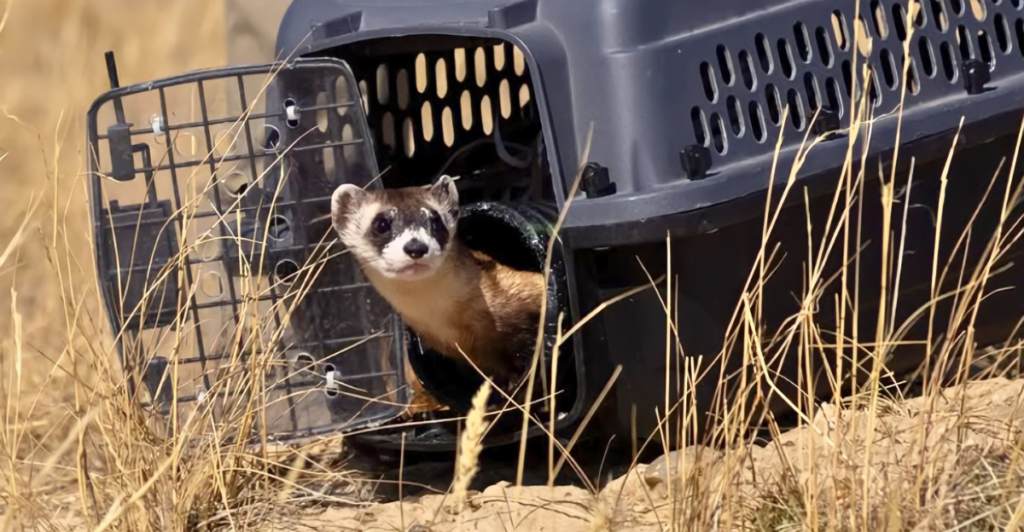
North America has some of the most interesting creatures, and sadly, some of them are being threatened due to habitat loss, climate change, pollution, and human activity. Many species that once thrived across the continent are now on the brink of extinction, struggling to survive in fragmented ecosystems. Despite the challenges these animal face, they have shown how they can persevere. These are some of the most fascinating creatures that need some love and conservations efforts to make sure they are around for years to come.
1. Florida Panther
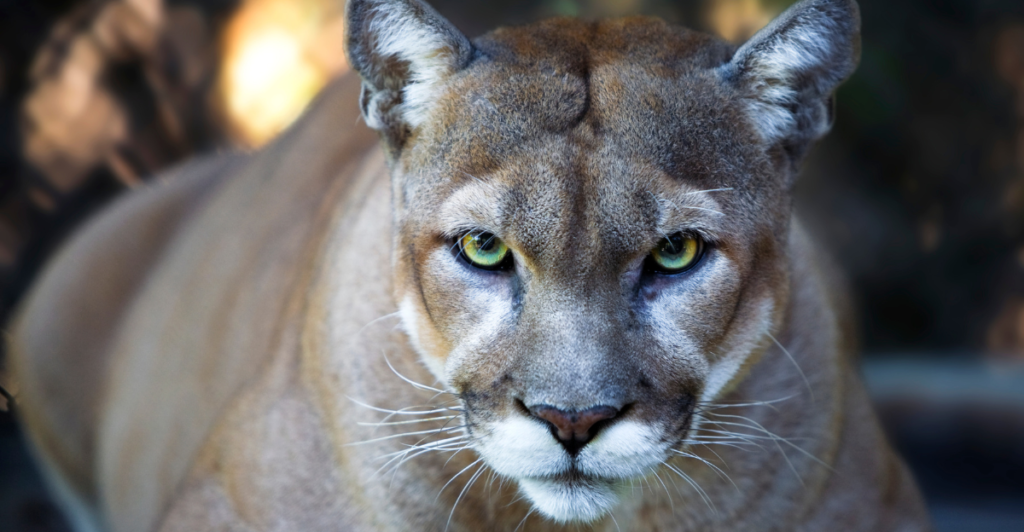
Once roaming widely across the southeastern U.S., this critically endangered cougar subspecies now clings to survival in shrinking pockets of southwest Florida, with an estimated 120–230 adults remaining. Decades of hunting and urban sprawl have fragmented their habitat, confining them to areas like the Everglades and Big Cypress National Preserve.
Vehicle collisions pose a dire threat, claiming over 30 panthers in 2024 alone, the highest death toll in six years. Conservation efforts, including genetic restoration by introducing Texas cougars and creating wildlife corridors, have helped the population rebound from 10 individuals in the 1970s.
2. Black-Footed Ferret
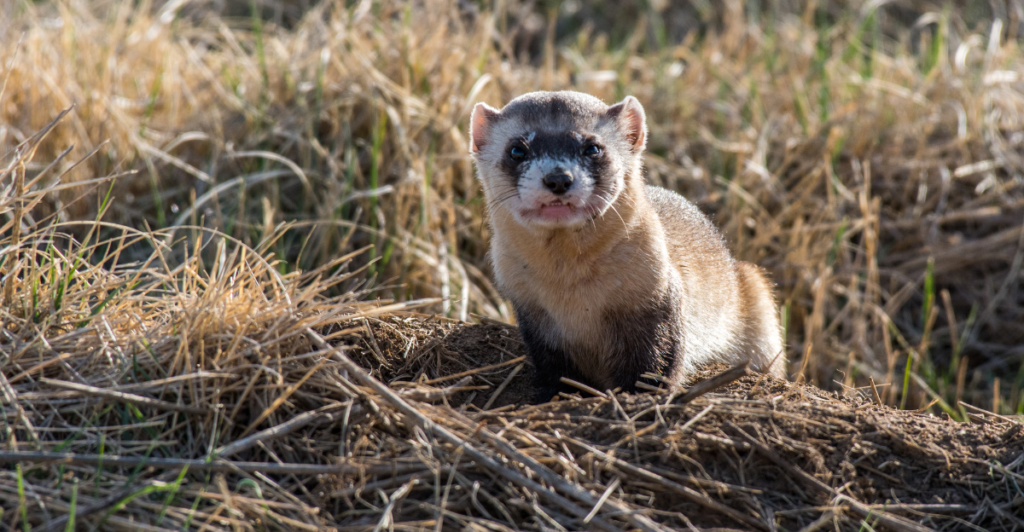
This little guy was only rediscovered in Wyoming in 1981 after it faced near-total annihilation due to habitat loss, declines in the prairie dog population, and disease. Today, thanks to intensive captive breeding programs and reintroduction efforts across 30 sites in North America, approximately 495 ferrets live in the wild.
Their survival remains precarious, with habitat fragmentation and sylvatic plague threatening their recovery. Conservationists work tirelessly to protect prairie dog colonies, the ferret’s primary food source, and implement innovative solutions like drone-delivered vaccines.
3. Red Wolf
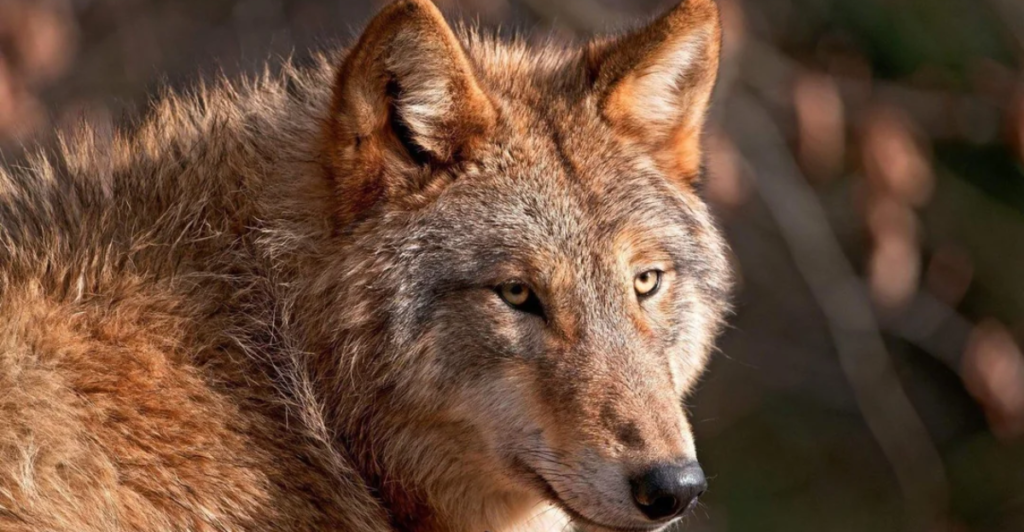
These wolves once roamed North America confidently before decades of hunting, habitat loss, and predator-control programs reduced their numbers to fewer than 100 individuals by the 1970s. They were declared extinct in the wild in 1980, but thankfully, the species was revived through a captive breeding program and reintroduced to northeastern North Carolina in 1987.
Despite these efforts, their population remains critically low, with only about 16 known individuals in the wild as of early 2025. Challenges such as hybridization with coyotes, human-caused mortality, and climate change threaten their survival.
4. California Condor
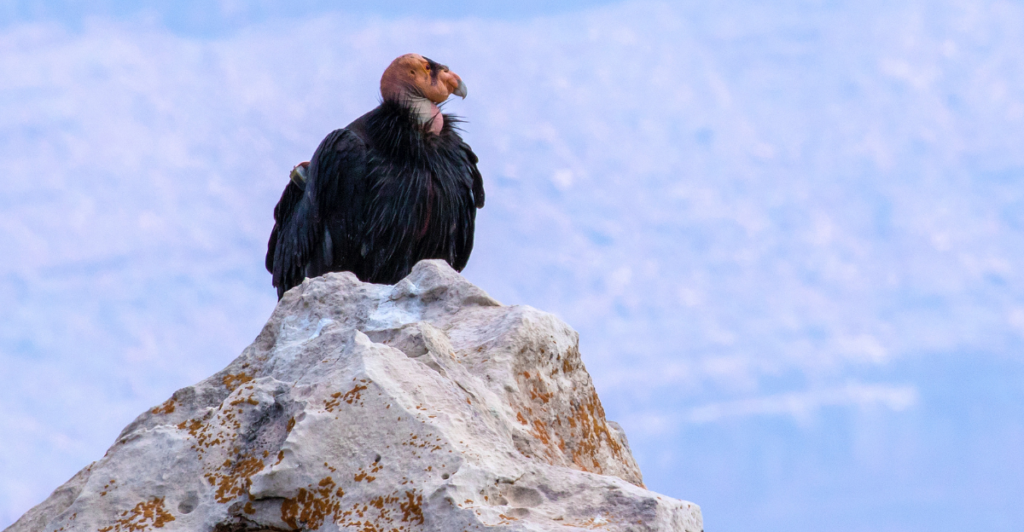
These remarkable birds were named North America’s largest land bird with a wingspan of up to 9.5 feet. They have narrowly escaped extinction through one of history’s most ambitious wildlife recovery programs. By 1987, only 22 individuals remained in the wild due to habitat loss, lead poisoning, and poaching, prompting their capture for a captive breeding program.
Over decades, conservationists have reintroduced condors to California, Arizona, Utah, and Baja California, Mexico. Today, the population has grown to over 500 birds, with more than half flying free in the wild. Despite this remarkable recovery, threats such as lead poisoning from ammunition fragments and habitat degradation persist.
5. West Indian Manatee

These “sea cows” are slow-moving herbivores in coastal areas and rivers throughout the southeastern United States, the Caribbean, and Central and South America. These marine mammals, known for their large, seal-shaped bodies and paddle-like tails, face numerous threats despite their classification as “threatened” under the Endangered Species Act.
Boat collisions remain the leading cause of injury and mortality, alongside habitat loss, pollution, and entanglement in fishing gear. Conservation efforts, including legal protections like the Marine Mammal Protection Act and habitat restoration initiatives, have helped increase populations significantly, from fewer than 1,300 individuals in 1991 to over 6,600 in Florida by 2017.
6. Kemp’s Ridley Sea Turtle
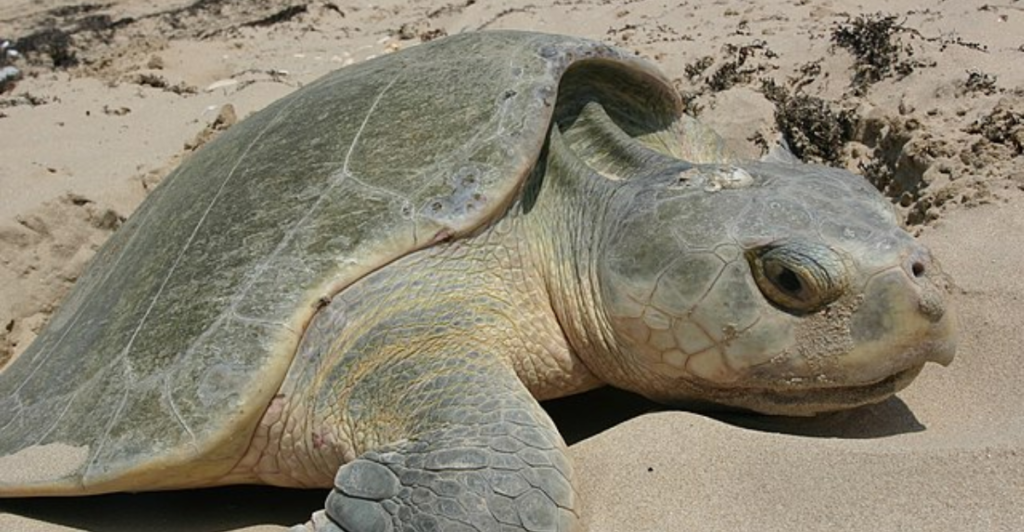
This little cutie is the world’s smallest and most critically endangered sea turtle species. Native to the Gulf of Mexico and parts of the Atlantic Ocean, it has faced devastating population declines due to egg harvesting, habitat loss, pollution, and accidental entanglement in fishing gear.
In 1947, over 40,000 turtles nested in Tamaulipas, Mexico, but by the 1980s, fewer than 1,000 nests remained. Conservation efforts, including using Turtle Excluder Devices (TEDs) in shrimp trawls and binational recovery programs between the U.S. and Mexico, have helped stabilize populations. Today, nesting sites like Padre Island National Seashore play a vital role in safeguarding the species.
7. Coral Pink Sand Dunes Tiger Beetle
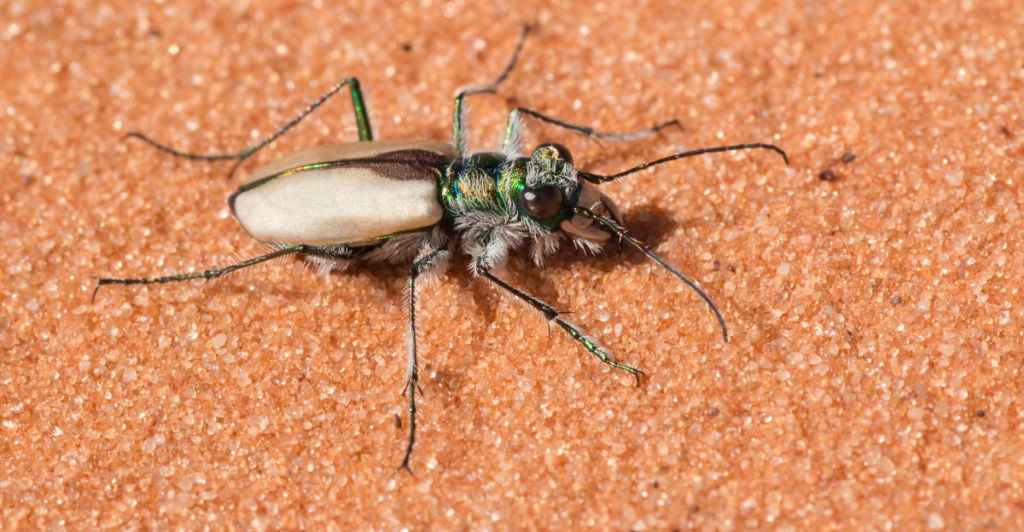
If you’re looking for a rare find in the wild, these little critters are it. These insects are found exclusively within the Coral Pink Sand Dunes State Park and adjacent Bureau of Land Management lands in Kane County, Utah. Its habitat spans approximately 500 acres of shifting dunes, making it highly vulnerable to environmental changes.
Threats such as off-highway vehicle (OHV) activity, drought, and climate change have significantly impacted its population and habitat. OHVs can directly harm beetles and disrupt vegetation, while drought reduces prey availability and desiccates larval microhabitats.
8. American Bison
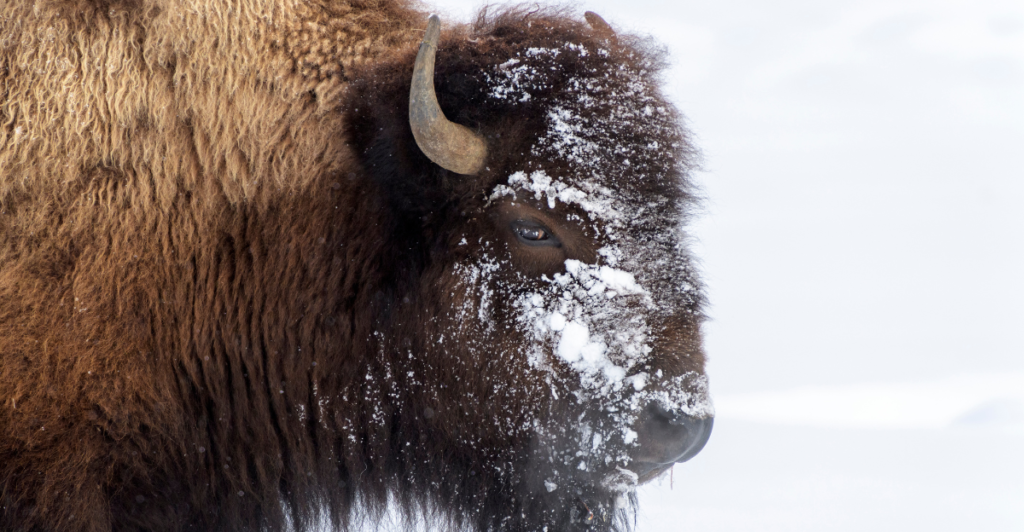
Once numbering over 30 million, the American bison was nearly driven to extinction by the late 19th century due to overhunting, habitat loss, and human conflict. Thanks to extensive conservation efforts, their population has rebounded to approximately 11,000 individuals across public lands managed by the Department of the Interior.
Restoration initiatives like the Bison Conservation Initiative and partnerships with Indigenous communities aim to rewild bison and restore their cultural and ecological significance. Programs like the InterTribal Buffalo Council have successfully returned thousands of bison to tribal lands, supporting biodiversity and Indigenous heritage.
9. San Joaquin Kit Fox
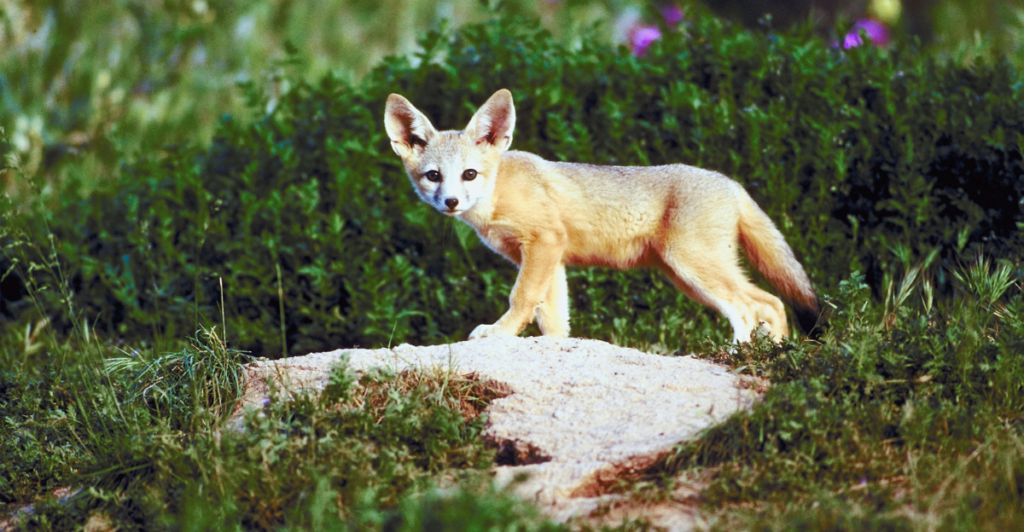
These little guys weigh just 4–6 pounds and are adapted to arid environments. They rely on their sandy burrows for shelter and hunt primarily at night. Their diet includes kangaroo rats, ground squirrels, insects, and carrion, and they can survive without drinking water, a remarkable adaptation to desert conditions.
Their population has declined by over 33% due to habitat loss from agriculture, oil development, and urbanization. Additional threats include rodenticide poisoning and competition with coyotes and non-native red foxes.
Explore more of our trending stories and hit Follow to keep them coming to your feed!

Don’t miss out on more stories like this! Hit the Follow button at the top of this article to stay updated with the latest news. Share your thoughts in the comments—we’d love to hear from you!







